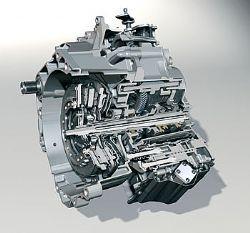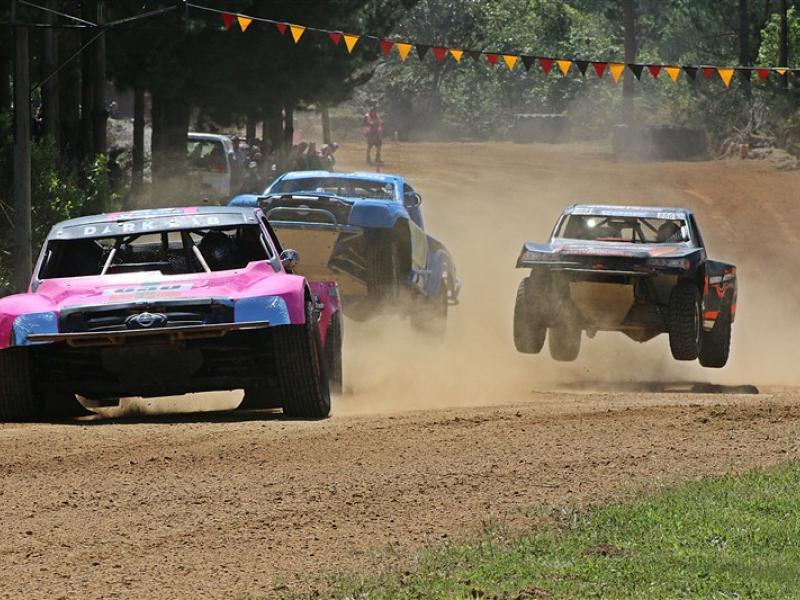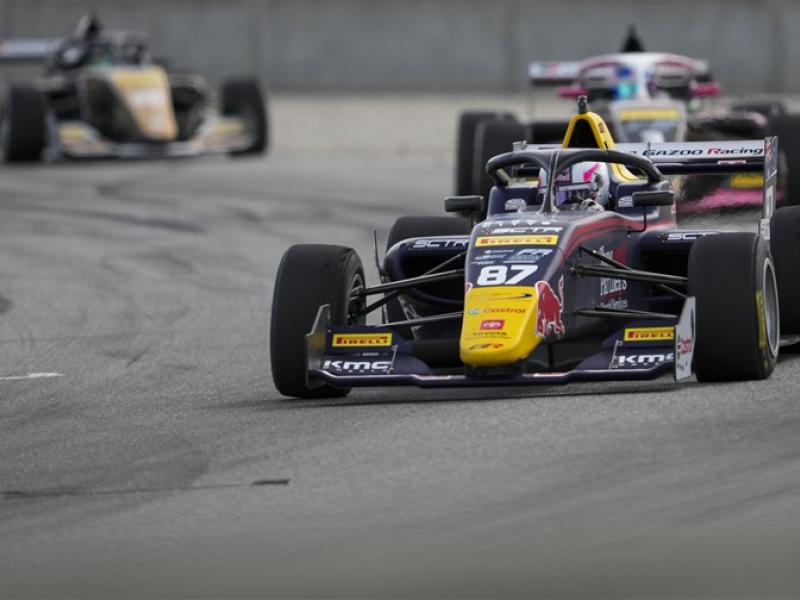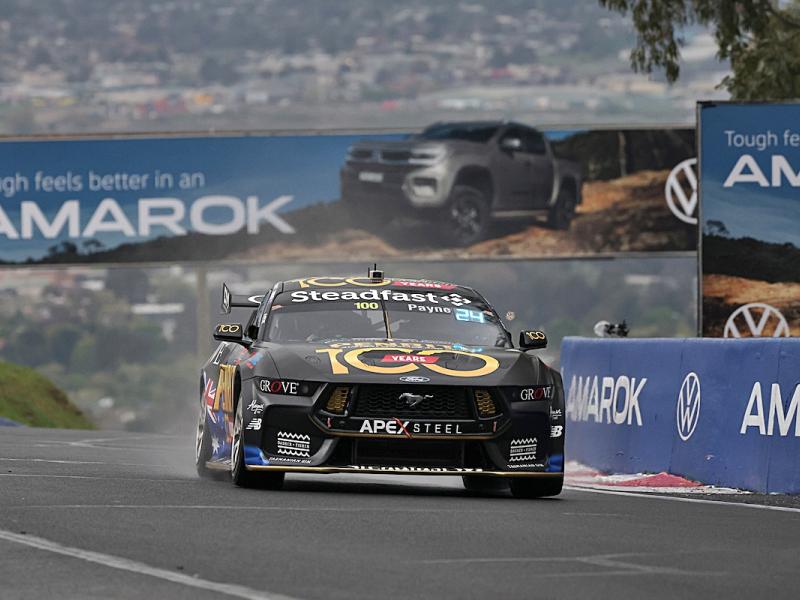Once the preserve of racing cars only, semi-automatic transmissions are now taking off around the world in production cars through the relatively new technology of dual clutch or direct shift gearboxes. The new generation dual clutch transmission (DCT) automobiles afford drivers a luxurious driving experience…smooth and dynamic acceleration, and choosing whether they prefer to control the shifting or let the computer do all of the work. However, the real advantage in today’s emission-conscious market is the DCT’s improved fuel economy relative to traditional automatic transmissions. Three exciting DCT releases this year are the BMW M3, Mitsubishi Lancer Evolution X and Volkswagen Golf and Golf Plus series. DCT technology has been around a few years. In the 1980s Audi and Porsche started building dual-clutch type gearboxes into their racecars. Commercialisation of DCTs however only became feasible in the early 1990s when manufacturers such as BMW and Volkswagen achieved a workable combination of adequately powered engines and driver-friendly controls and started putting their first generation DCT production cars on the road. Invented by automotive engineering pioneer Adolphe Kégresse in 1939, DCT sits somewhere between traditional manual and automatic transmissions, offering the best of both. Also known as the automated or clutchless manual, the system is both ingenious and elegantly simple. DCTs behave in principle like a standard manual transmission. It uses a system of gears, two clutches and, in some, synchronisers to transmit and modify rotary motion and torque between a car’s engine and wheels. Similar to a standard automatic transmission, the system does not have a driver operated clutch pedal but relies on sophisticated electronics and hydraulics to control the clutches. But what makes the DCT different and gives it its edge is the two-part transmission shaft and the independent operation of the two clutches. Where a conventional manual gearbox houses all its gears on a single input shaft, the DCT splits up odd and even gears on two input shafts. Where a standard manual transmission uses one clutch for all odd and even gears, in a DCT one clutch controls the even gears- second, fourth and sixth - via the hollow outer transmission shaft. The other controls the odd gears - first, third, fifth, seventh, and reverse - via the inner shaft, nested in the hollow outer shaft. While driving, one clutch is always closed and the other always open. When accelerating or shifting down, the clutches activate in an alternating process, one after the other, with the first clutch disengaging as the second one is engaging. A transmission control unit pre-selects the next gear, matching the transmission ratio to engine and road speed and keeping this gear waiting for immediate operation. This interaction between the two clutches means gears can be changed lightning fast, with upshifts taking around 8 milliseconds. In addition, since a DCT transmission literally phases out one gear while phasing in another, shift shock is reduced significantly. A driver can accelerate with their foot fully on the throttle - gear change takes place under load without an interruption in torque and pulling force from the engine to the transmission. This results in increased fuel efficiency. DCTs unlike automated transmissions do not require torque converters but use wet or, recently, dry multi-plate clutches for the same purpose. A wet clutch bathes the clutch components in fluid to limit the production of heat and like a torque converter, uses hydraulic pressure to drive the gears. Drivers can opt between a fully automatic DCT that leaves gear-changing choices to the on-board computer, enjoying the conventional lazy automatic driving experience. However, busybodies have the option to control the gear shifting, absent clutch pedal notwithstanding, via sequential paddles, buttons, or the more conventional gearshift. Seven-speeder with Drivelogic (312) The new BMW M3 Coupe, Saloon and Convertible, available in New Zealand the second half of 2008 in petrol, come with a 7-speed double clutch gearbox, (DCG), says BMW New Zealand Technical Engineer Mike Thompson. The 7-speeder also offers the Drivelogic function. Drivelogic has 11 electronically controlled driving programs, five in the automatic and six in the manual mode. According to Mr Thompson the DCG with Drivelogic is ideally matched to the 309-kW/420-hp V8 power unit in the new BMW M3 and can handle engine speeds up to 9,000rpm. “At the same time it’s perfectly prepared for the BMW M3’s maximum torque, 400 Newton-metres or 295 lb-ft,” he says. The BMW M3 driver can shift gears manually in a sequential system via a sports selector lever or paddles on the steering wheel. The BMW M3’s on-board electronic control unit chooses the gear to prepare for operation by taking account of the position of the gas pedal, engine speed, road speed, and driving program in use, and intelligently recognises the acceleration or speed reduction the driver wants to achieve. This allows the harmonious continuation of a manoeuvre initiated by the driver, even a sudden stop. A two-mass flywheel serves as torsion damper, while an integrated hydraulic module activates the two clutches. Dry sump lubrication guarantees a high standard of reliability and maintenance-free function. The transmission fluid remains in the optimum temperature range by integrating the transmission into the coolant cycle of the engine. This in addition means the fluid reaches its normal operating temperature relatively fast, helping reduce frictional losses in the warm-up phase and thereby saving fuel. An additional oil-air cooler assists in avoiding excessively high temperatures inside the M DCG, even under extreme conditions. MitsUBISHI’s TC-SST Mitsubishi’s all-new automated manual twin-clutch sport shift transmission, the TC-SST, is available on the Lancer Evolution X GSR 6-speed, debuting in New Zealand in February this year. New Zealand Technical Services Manager Lloyd Robinson says the TC-SST is much more economical than a torque converter, as it reduces efficiency losses. “With one shaft engaged, the system’s electronic control unit anticipates the next gear change and prepares to engage the second shaft in the appropriate gear before the driver acts. This automation means gear changes can be made quicker than a standard manual,” he says. Inside the TC-SST option, the driver is equipped with paddle transmission shifters on the steering wheel and a toggle switch allowing the selection of normal, sport or super-sport modes. The toggle switch can be used in automatic and manual modes. Mr Robinson explains in normal mode, both the manual and automatic transmission shifts of the TC-SST are smooth for around town driving. Sport mode speeds up transmission shifting for a higher performance style of driving. When super-sport mode is selected the transmission delivers crisp, sharp gear changes, and in automatic it allows the engine to work at the maximum end of the rev range for optimum performance. With the super-sport mode selected the gear shifting will occur at engine speeds between 4,500rpm and the redline 7,500rpm to maximise the engine’s output and vehicle performance. The TC-SST operates with two multi-plate wet clutches with damper springing. The transmission has its own fluid pump to provide fluid pressure to the clutches to engage drive. The system has a built in creep mode for negotiating around car parks or similar low speed movements. Seven-speed DSG for Golf and Golf Plus Volkswagen’s DCT gearbox (known as DSG) is now also available with seven gears in the 2008 Golf and Golf Plus with the 1.4 TSI 90kW and 1.9 TDI 77kW engines. The Golf model only will be released in New Zealand early this year. Other VW models will continue to be available with the 6-speed DSG. Volkswagen New Zealand General Manager Dean Sheed says the new 7-speed DSG gearbox has two distinguishing features. It is installed in a front tranverse manner, and its clutches are not immersed in oil, but run dry. “This allows the latest Volkswagen DSG to achieve an even greater level of efficiency. The benefits of a dry clutch system is no contamination of oil through clutch wear, and there’s also no transfer of heat through multiple clutch activations - typically while driving around town,” he says. At the heart of the 7-speed DSG is the Mechatronic, the intelligent hydraulic and electronic gearbox control located in the forward section of the gearbox. It manages amongst others data for controlling the clutches, input and output shafts, cooling, individual gears and pressures via five modulation valves, five shift valves and numerous hydraulic slider valves. The DSG control unit and gearbox are self-contained in one unit. Every gear of the DSG is associated with a conventional synchro shift unit, just as in Volkswagen manual gearboxes. Friction layers substantially enhance the performance of these synchronisers further in order to achieve minimal synchronisation times. Parallel to the fully automatic shift programmes “D” and “S”, the Kiwi 2008 Golf driver may spec their car with shift buttons in the steering wheel to select gears. In sporty mode (position “S”), the engine and gearbox control units activate a rev matching process that further enhances the shift dynamics. The maximum torque that can be transmitted with the new 7-speed DSG is up to 250 Newton-meters. The diesel engines’ fuel efficiency means that the new 7-speed DSG is economic – the Golf 1.9 TDI operates at 0.7 litres per 100 km lower than its 6-speed counterpart. Equipped with DSG and an integrated launch control the new Golf sprints to 100 km/h in 6.4 seconds – compared with the manual gearbox’s 6 seconds. DCT technology, like air-conditioning, may well move quickly from a nice to have to a must have, but increased costs due to automakers having to modify production lines might scare off manufacturers and consumers alike. In addition, many automakers are investing heavily in alternative technologies, such as continuously variable transmission. However, DCTs are ideal for high-performance vehicles and experts reportedly predict that in the next few years they may capture significant market share, up to 25 percent even in Europe, where manual transmissions are preferred because of their performance and fuel efficiency.
Double no trouble for BMW Mitsubishi & VW drivers
Double no trouble for BMW Mitsubishi & VW drivers
Motorsport
Monday, 11 February 2008






